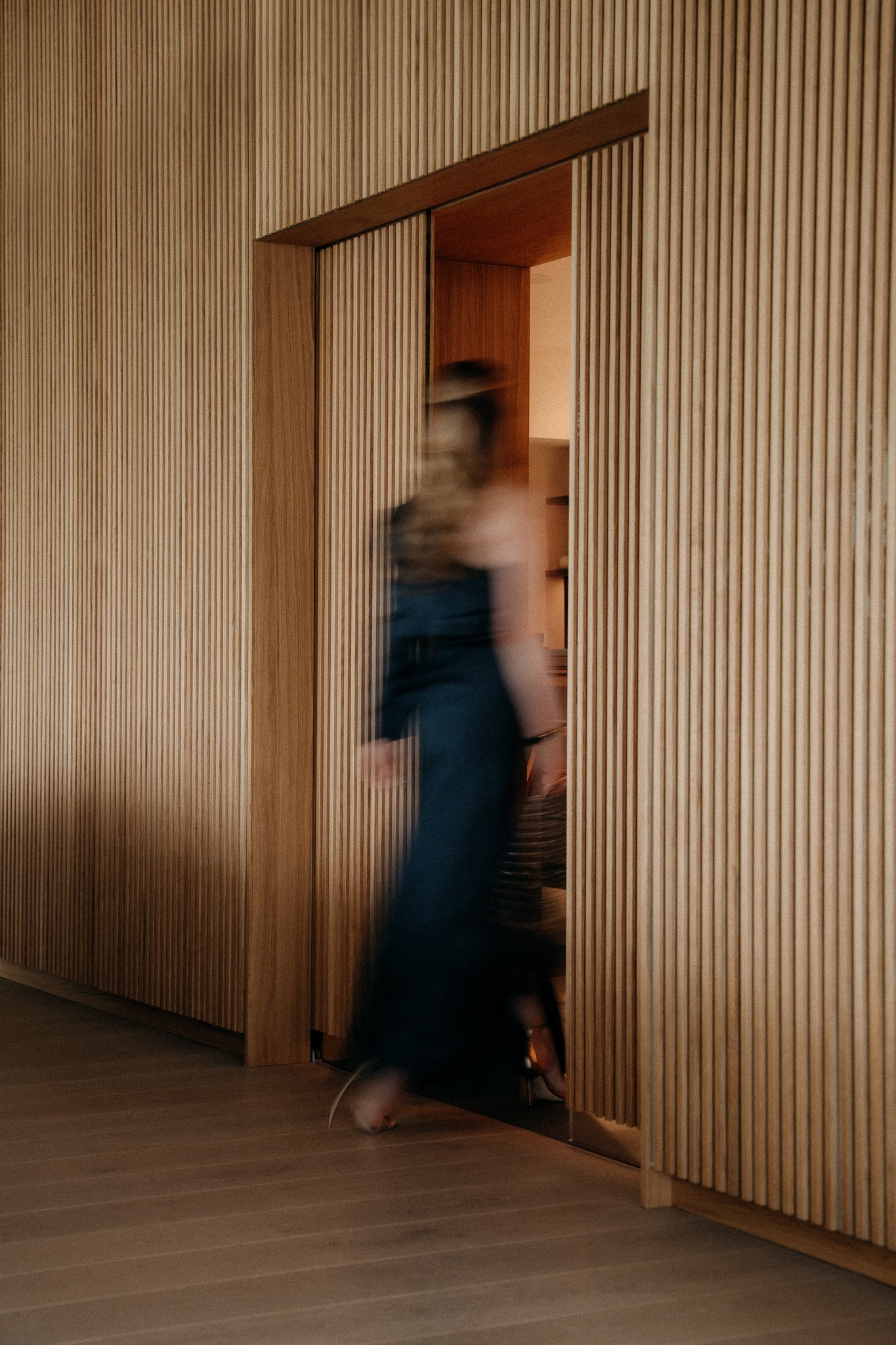
The elegance of good manners
A journey through etiquette
Etiquette are the rules and guidelines that govern how we behave in social situations. The concept of etiquette originated in ancient times in Egypt, Mesopotamia and China. Later, these rules were further refined in Europe. Eventually, at the court of Louis XIV in France, etiquette became a strictly formalized system.
What is the reason for etiquette and where and when was it used in the hotel industry in restaurants?
The beginning of luxurious hospitality
In the 19th and early 20th centuries, five-star hotels were the epitome of luxury and sophistication. Etiquette here was also called "the unwritten rule book. The 19th century marked the beginning of the modern concept of luxury hotels. During this period, a number of iconic five-star hotels opened, soon and still renowned for their sumptuous interiors, great service and exclusive clientele.
Nowhere today is etiquette used as much as in hotels and restaurants. For example, a concierge still holds the door open for female guests and in some fine-dining restaurants the lady's chair is pushed aside. This rule of etiquette appears especially elegant at first, but it arose out of practical considerations. Women in the Middle Ages and later in the Renaissance wore broad and wide skirts in combination with a corset, so that they often could not fit through a narrow doorway and sitting was a task in itself.
Long evening gloves and white bow ties
In 1889, the Savoy Hotel opened in London. The hotel was founded by theater impresario Richard D'Oyly Carte, and he was soon allowed to call himself a pioneer in luxury and comfort. For example, the Savoy Hotel was the first hotel in the world to have electric lighting, electric elevators and hot and cold running water in every room. Although that is the most common thing in the world today, in the 19th century it was rare luxury. Etiquette was strict: waiters wore white gloves and dinners were served according to protocols, where precision in every detail was the norm. From etiquette, you were expected to always leave one bite on your plate. An empty plate would indicate gluttony and that the guest was still hungry.
Just under a decade later in 1898, famed hotelier César Ritz opened the Ritz in Paris. The French hotel introduced the concept of the ensuite bathroom, a revolution in hotel comfort. The etiquette at the Ritz applied not only to staff but also to guests. Soon the hotel was known for its annual gala dinners where the "White Tie" dress code was required. Women wore long evening gloves, pulled up hair and gowns in light colors and certainly no prints. Men wore a white bow tie, patent leather shoes and a black top hat. This "head-dress" was taken off indoors as a sign of confidence and that there was no hostility. According to César Ritz, the strict dress code reflected the values and traditions of the hotel and contributed to its exclusive atmosphere and timeless elegance.
In the 20th century, the luxury hotel concept grew. With new technologies and a growing international clientele demanding even higher standards of comfort and service. Competition grew so that hotels increasingly tried to distinguish themselves in all opulence.
Extravagant celebrations and personal butlers
In 1907, The Plaza Hotel opened in New York. It quickly became an icon of New York elegance. Today, many people know the hotel from the famous scene from the Home Alone movie. The hotel managed to distinguish itself with marble bathrooms and opulent ballrooms. The hotel was a trendsetter in hosting extravagant parties and social gatherings. Etiquette was less visible although a lady would always say excuse herself for a moment instead of going to the restroom.
The Beverly Hills Hotel opened in 1912 in Los Angeles. The hotel was known for its glamour and exclusivity. This is where Hollywood stars and world leaders stayed. Whereas in other hotels etiquette was very visibly expressed, that was not the case here. There was a strong focus on privacy combined with luxury, allowing guests to retreat into their own bubble. Personal butlers were the norm rather than the exception for guests staying here.
Etiquette in the culinary world
There are some etiquette rules that you often see in these restaurants such as white table linens, no loud conversations and table manners such as that the guest breaks off the bread first and spreads butter on that piece instead of buttering the whole sandwich at once.
How does Inter Scaldes deal with etiquette? Jeroen Achtien: "With us one thing comes first: comfort for the guest. From etiquette you are supposed to cover from the right, but because we have round tables we also do this from the left. That way the guest doesn't feel like we're passing in front of them." The casual ambiance is also reflected in the lack of table linens and the easy-going atmosphere. "With us, you won't hear a fork drop because, on the contrary, exuberant conversation and laughter are allowed, provided other guests are not disturbed by this, of course. An age-old etiquette rule that we follow is that we always serve the ladies at the table first and only then the gentlemen. Elegance always comes first."




